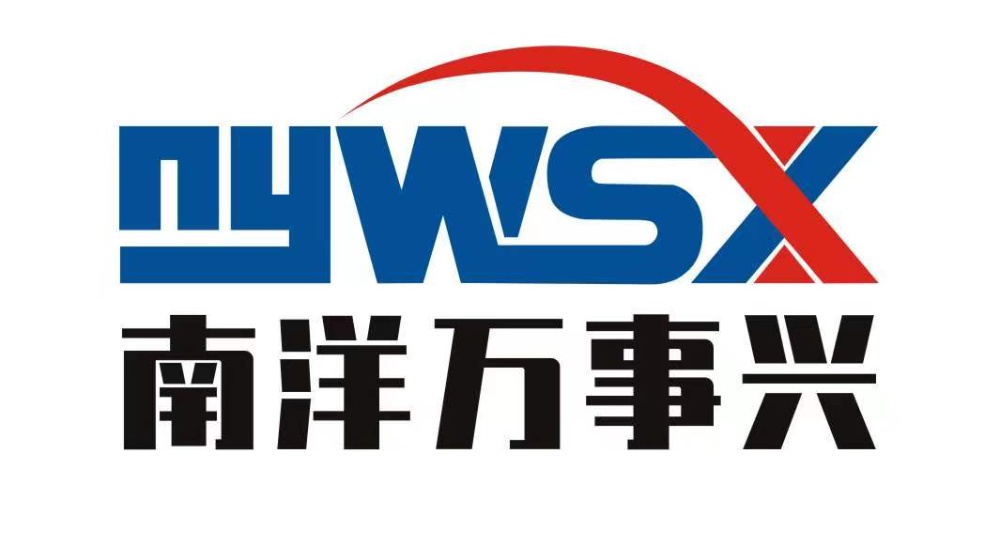 nickwen@jxnychemical.com
nickwen@jxnychemical.com
 +86 573 8558 3599
+86 573 8558 3599
What Is Epoxy Hardener Made Of?
2022-06-02
The epoxy resin itself is a thermoplastic linear structure. After heating, the solid resin can be softened and melted into a viscous or liquid state. The thermal viscosity of liquid resin decreases. Only when curing agent is added, epoxy resin can be used practically.
Composition of epoxy resin
A. Resin Composition
(1) Epoxy resin: Main component of resin composition, Bisphenol A epoxy resin and other types of epoxy resin
(2) Curing agent: reacting with epoxy resin to form three-dimensional network polymer compounds
B. Modified components
(1) Plasticizers: Plasticizers give flexibility, but reduce heat resistance and drug resistance.
(2) Toughening agent: improve impact resistance, and make other properties reduced little, such as liquid acid carboxylated rubber
(3) Filler: increase weight, improve solidification, mechanical, thermal and electrical properties, such as calcium carbonate, mica, etc.
C. Regulating fluidity components (1) Dilutants: reducing the viscosity of components, which are divided into active diluents and inactive diluents. Thixotropic agent: give thixotropy to components, such as asbestos, silicon powder, etc.
D. Other ingredients: pigments, solvents, defoamers, levelers, tackifiers, etc.
After learning what is epoxy resin hardener, you may want to know what they are used for. Epoxy resins can be widely used because of the combination of these components. Especially curing agent, once the epoxy resin is determined, curing agent plays a decisive role in the technological properties of epoxy resin components and the final properties of curing agent products (products). Epoxy resin itself is a linear structure of thermoplasticity. It can not be used directly. A second component must be added to the resin. Under certain temperature (or humidity) and other conditions, epoxy group of epoxy resin is used for addition polymerization or catalytic polymerization to produce cured materials with three-dimensional network structure (bulk network structure). This compound or resin, which acts as the second component, is called curing agent and is divided into additive curing agent and catalytic curing agent.
Curing agent:
A. Normal temperature curing
Heavy-duty anticorrosive coatings; Civil building adhesives; Civil building coatings; FRP; General binders.
Straight chain aliphatic polyamines, polyamides, alicyclic polyamines, denatured polyamines, polymercaptan
B. Heating curing
(1) Electrical insulating materials: acid anhydride, imidazole compounds, BF3 complex.
(2) Laminating materials: Dicy, aromatic polyamines, linear phenolic resin.
(3) Coatings (Tank: Amino Resin, Phenolic Resin, Powder: Dicy, Aromatic Polyamines, Anhydride).
(4) Molding material: linear phenolic resin.
(5) Binders: Aromatic polyamines, anhydrides, imidazoles, BF3-complexes.
Composition of epoxy resin
A. Resin Composition
(1) Epoxy resin: Main component of resin composition, Bisphenol A epoxy resin and other types of epoxy resin
(2) Curing agent: reacting with epoxy resin to form three-dimensional network polymer compounds
B. Modified components
(1) Plasticizers: Plasticizers give flexibility, but reduce heat resistance and drug resistance.
(2) Toughening agent: improve impact resistance, and make other properties reduced little, such as liquid acid carboxylated rubber
(3) Filler: increase weight, improve solidification, mechanical, thermal and electrical properties, such as calcium carbonate, mica, etc.
C. Regulating fluidity components (1) Dilutants: reducing the viscosity of components, which are divided into active diluents and inactive diluents. Thixotropic agent: give thixotropy to components, such as asbestos, silicon powder, etc.
D. Other ingredients: pigments, solvents, defoamers, levelers, tackifiers, etc.
After learning what is epoxy resin hardener, you may want to know what they are used for. Epoxy resins can be widely used because of the combination of these components. Especially curing agent, once the epoxy resin is determined, curing agent plays a decisive role in the technological properties of epoxy resin components and the final properties of curing agent products (products). Epoxy resin itself is a linear structure of thermoplasticity. It can not be used directly. A second component must be added to the resin. Under certain temperature (or humidity) and other conditions, epoxy group of epoxy resin is used for addition polymerization or catalytic polymerization to produce cured materials with three-dimensional network structure (bulk network structure). This compound or resin, which acts as the second component, is called curing agent and is divided into additive curing agent and catalytic curing agent.
Curing agent:
A. Normal temperature curing
Heavy-duty anticorrosive coatings; Civil building adhesives; Civil building coatings; FRP; General binders.
Straight chain aliphatic polyamines, polyamides, alicyclic polyamines, denatured polyamines, polymercaptan
B. Heating curing
(1) Electrical insulating materials: acid anhydride, imidazole compounds, BF3 complex.
(2) Laminating materials: Dicy, aromatic polyamines, linear phenolic resin.
(3) Coatings (Tank: Amino Resin, Phenolic Resin, Powder: Dicy, Aromatic Polyamines, Anhydride).
(4) Molding material: linear phenolic resin.
(5) Binders: Aromatic polyamines, anhydrides, imidazoles, BF3-complexes.

